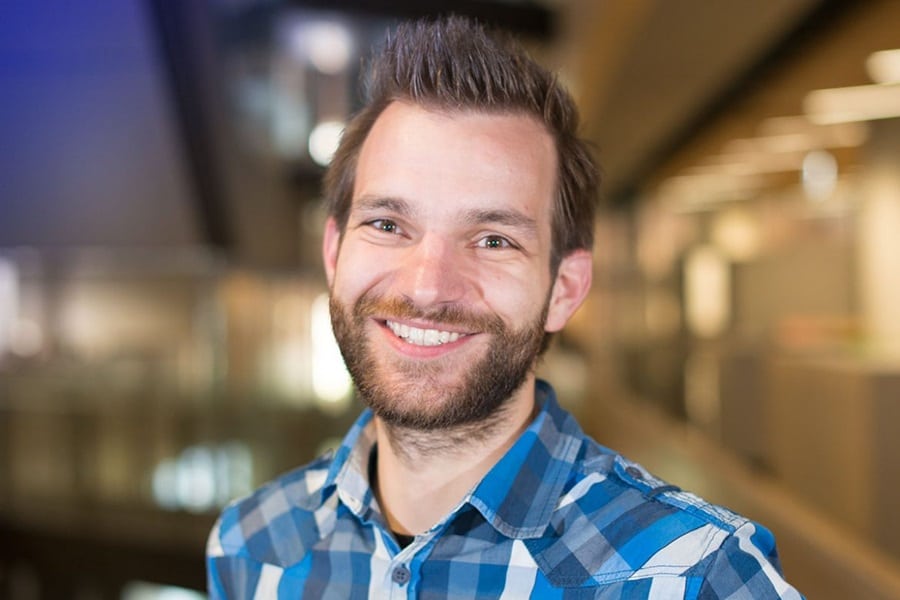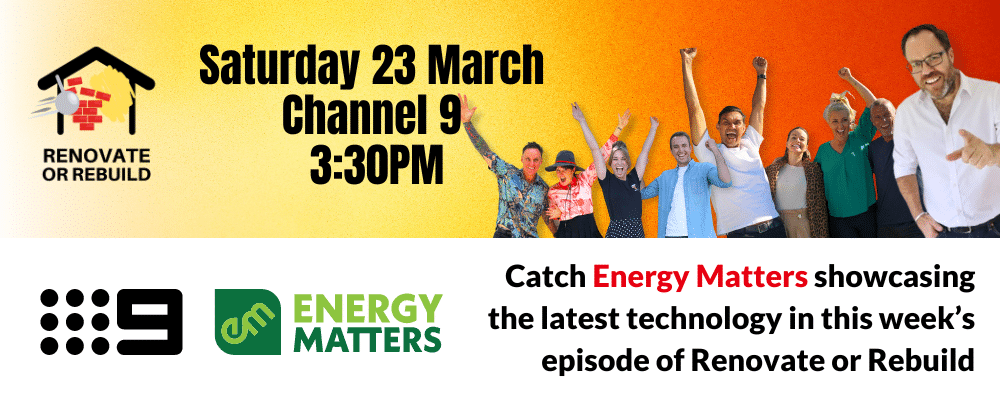The world of science fiction is constantly feeding our imaginations with incredible possibilities. Some, like flying cars, remain mostly in the realm of fantasy. But others, like bionic enhancements, are slowly inching closer to reality. One particularly fascinating area of research involves implanting tiny solar panels onto the eye – a concept that could revolutionise vision restoration for millions.
Implanting tiny solar panels onto people’s eyeballs may sound like science fiction, but that’s exactly what a team of Australian scientists from the University of New South Wales (UNSW) is working on. This groundbreaking technology could vastly improve the quality of life for people with incurable eye diseases.
Solar panels at a glance
Solar panels are flat panels typically installed on rooftops that capture sunlight and convert it into electricity using solar photovoltaics (PV). This clean energy source is a major player in Australia’s transition away from fossil fuels. Over 30% of homes already use rooftop solar panels to reduce electricity bills and generate power, making Australia a world leader in residential solar adoption.
Are you looking to save money on your electricity bills and reduce your carbon footprint? Solar energy is the perfect solution! Energy Matters can help you get up to 3 FREE solar quotes from pre-qualified and vetted solar firms in your area.
Energy Matters has been a leader in the renewable energy industry since 2005 and has helped over 40,000 Australian households in their journey to energy independence. With Energy Matters, you can be sure you’re getting the best possible deal on solar energy. We only work with reputable solar firms with a proven track record of delivering high-quality solar systems.
Neuroprosthetics and vision restoration
Neuroprosthetics are devices that interact with the nervous system to restore lost functionality. A well-known example is the cochlear implant, a small electronic device surgically implanted in the inner ear to stimulate the hearing nerve. This device provides sound signals directly to the brain and improves hearing. Researchers are investigating the possibility of using a comparable neuroprosthetic device to let persons with damaged photoreceptors see again.
Photoreceptors are specialised cells in the retina responsible for absorbing light and converting it into electrical signals that travel to the visual cortex. Unfortunately, diseases like retinitis pigmentosa (RP) and age-related macular degeneration (AMD) cause the slow breakdown of these photoreceptors, leading to vision loss over time. Currently, there is no cure for RP or AMD.
Solar panels on your eyeballs: The power dilemma
Camera sensor chips offer high resolution, extreme colour depth, and low light sensitivity. However, they require power. Imagine having a camera sensor in your eyeball—where would the battery go, and how would you change or charge it? Enter solar photovoltaic panels.

Solar panels directly convert light into electricity. UNSW engineer Dr Udo Römer, an expert in photovoltaics, is investigating whether solar technology can be harnessed to restore vision. Dividing tiny solar panels into the eye could bypass damaged photoreceptors, transmitting visual information directly to the brain.
How it works
When light hits the retina at the back of the eye, photoreceptors convert it into electrical signals. These signals travel through the optic nerve to the brain, creating the images we see. In the case of RP and AMD, the breakdown of photoreceptors disrupts this process.
Dr Römer’s research aims to create a voltage pulse using electrodes, enabling people to perceive a tiny spot of light. Integrating solar panels into the eye could generate electricity from ambient light, powering the neuroprosthetic system. The idea is to restore vision by bypassing the damaged photoreceptors and directly stimulating the visual cortex.
Source: UNSW Newsroom, NewAtlas

The future of vision restoration
While this technology is still in its early stages, the potential impact is immense. Imagine a world where solar-powered bionics allow people with vision loss to regain sight. Although challenges remain, such as ensuring biocompatibility and long-term safety, the fusion of photovoltaics and biomedicine offers hope for those living with incurable eye diseases.
As science continues to push boundaries, the notion of solar panels in our eyeballs may soon become a reality—a testament to human ingenuity and the pursuit of a brighter future.
Ready to go solar? Get an instant assessment
To find out how much a solar system with storage or even an EV charger will cost, try our easy-to-use solar power and battery storage calculator! It will generate performance data and possible cost savings.
We can forward your information to 3 trusted local installers in your area to obtain free, no-obligation solar quotes.
Find out how much you can expect to pay for solar
Ready to find out more? Get FREE quotes for solar, batteries + more
*Prices quoted are to be used as a guide only and do not factor in state and other rebates and incentives. Includes STC discount.
Energy Matters will feature stunning homes installed with the latest solar technology every Saturday at 3.30 pm on Renovate or Rebuild on Channel 9. Be sure to watch this show; you don’t want to miss it!














































